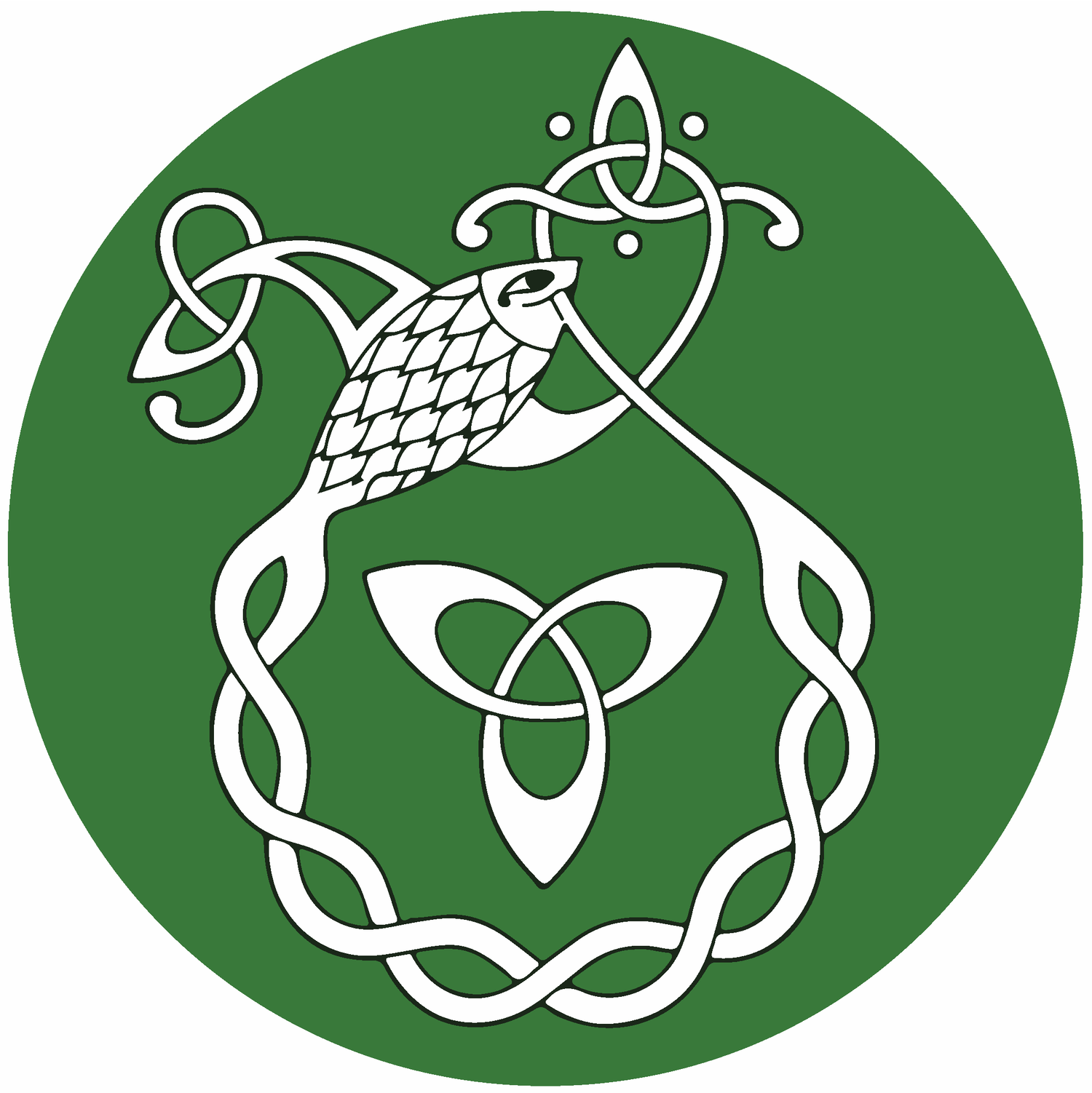Micí Mac Gabhann
1865-1948, active in Yukon
Born on November 22nd, 1865, in Doire Chonaire, Co. Dhún na nGall, Ireland, Micheál Mac Gabhann's early life was marked by poverty. His parents, Tomás Mac Gabhann and Bríd Ní Chanainn, struggled to provide for their eleven children with nothing but their small plot of land. Micí attempted to recieve education in nearby Machaire Uí Rabhartaigh, but his experience there was disheartening as he knew no English and the teacher would speak no Irish. Micí likened the isolation to being alone among sheep, emphasizing the profound language barrier.
By 1874, the household was in such deep poverty that his mother hired Micí out as an itinerant worker for six months in order to receive a single pound for her family. Micí was only eight years old.
Micí's early years saw him working in Scotland before venturing across the Atlantic to North America. In the factories and mines of Montana, he toiled diligently. However, when the market collapsed Micí looked north to the prospects of the gold rush, and embarked on a lengthy journey to Canada and Tír an Óir (the Klondike).
Gold found in the Klondike sparked a rush of over 100,000 prospectors to Yukon in a three-year period. "Tír an Óir" (the Land of Gold) temporarily became home to a significant Gaelic Irish presence as speakers came seeking the means to better their lives. Traditional Gaelic songs, music, and stories thrived. Micí Mac Gabhann's accounts of nights filled with these cultural expressions offer a glimpse into the extent of Irish-speaking communities in the Canadian territories. Despite the geographical distance from their native Gaelic lands, Irish speakers in work camps and homes across Canada's provinces and territories continued to nurture Gaelic traditions, just as Micí Mac Gabhann remembered them doing in Canada's far north during the early 20th century.
Micí Mac Gabhann, a Catholic Gael, empathized with the desire of Indigenous North Americans to preserve their ancestral lands, culture, and language. He had personally witnessed British authorities evicting and dismantling Gaelic communities in Ireland. His aspiration was to secure a home in his native Gaeltacht area of Donegal, a goal attainable only through arduous labor in North America to accumulate the necessary funds. Irish immigrants such as Micí, forcibly displaced from their homes in Ireland under severe cultural reppression, in turn took part in the colonization and exploitation of North America. Their efforts to rebuild a life for themselves played a part in displacing the Indigenous peoples of North America from their own ancestral lands. As Jessica Dougherty-McMichael states:
Forced from their homes in Ireland, Irish immigrants integrated themselves into the colonizing forces of North America as soldiers, farmers, miners, and entrepreneurs who would force Native Americans from their own homes… Mac Gabhann’s subversion of the colonial narrative is more compelling and reflective than his participation in the colonial project. This subversion is accomplished through the use of the Irish oral tradition: the tradition of a colonized people.(1)
While prospectors benefited from the gold rush, the influx of miners and settlers disrupted traditional hunting and fishing grounds of Indigenous communities, particularly the Tr'ondëk Hwëch'in and other First Nations in the region, leading to food shortages. Settlers also brought diseases like smallpox and took over land without consent, causing lasting effects on Indigenous populations. The environmental impact was significant and some areas are still recovering today.
Mac Gabhann died in 1948 having achieved his dream of being able to afford land in his native Co. Donegal. As Micí was illiterate, he related the stories about life in North America orally to his son-in-law, who published them in Irish ten years after his death.
For citation, please use: Ó Dubhghaill, Dónall. 2024. “Micí Mac Gabhann.” Na Gaeil san Áit Ró-Fhuar. Gaeltacht an Oileáin Úir: www.gaeilge.ca
-
Image citation:
Dougherty-McMichael, Jessica. 2013. Wee People, Red Devils, and the Old Women Back Home. In Tribal Fantasies: Native Americans in the European Imaginary, 1900–2010. New York: Palgrave MacMillan.





